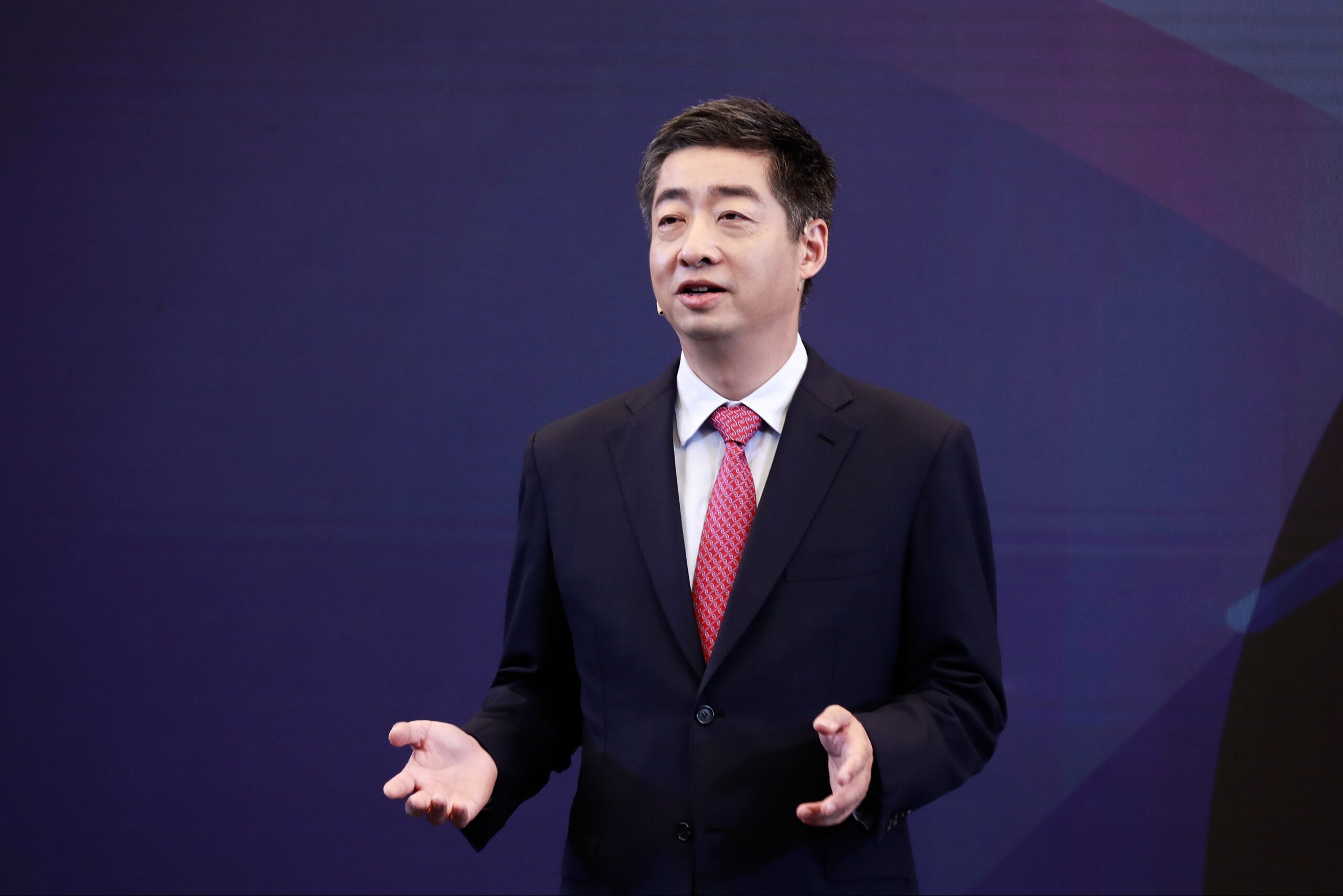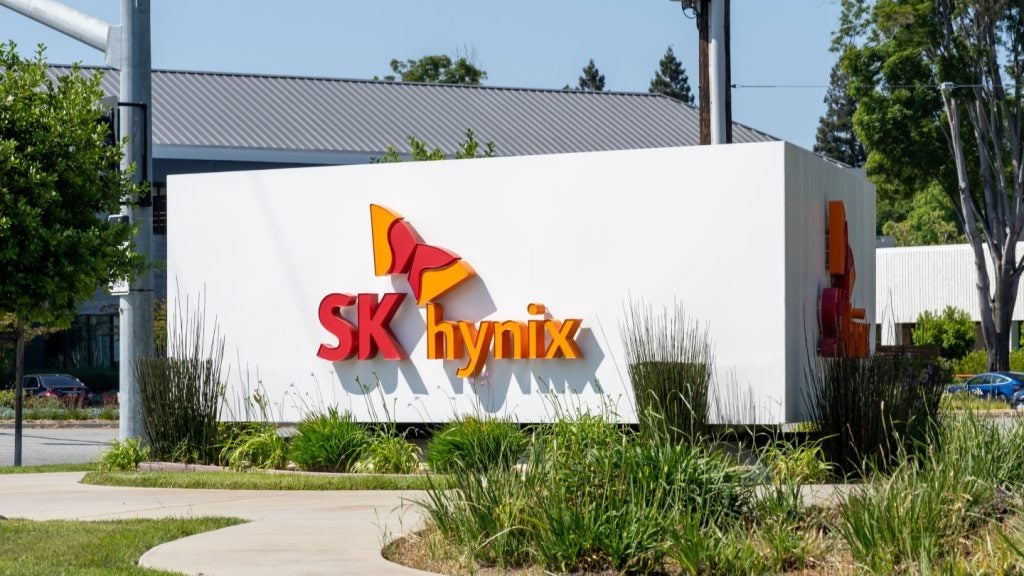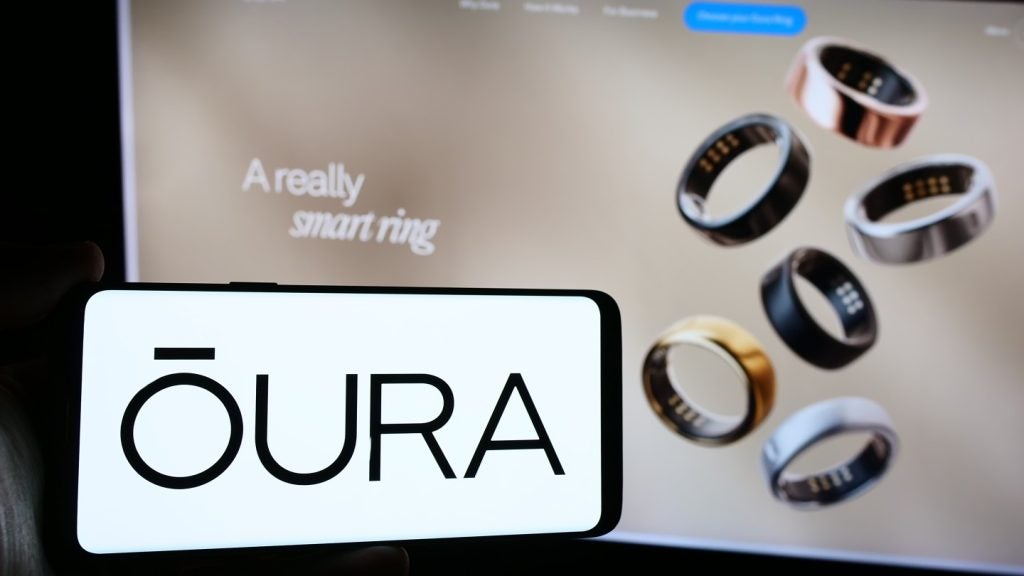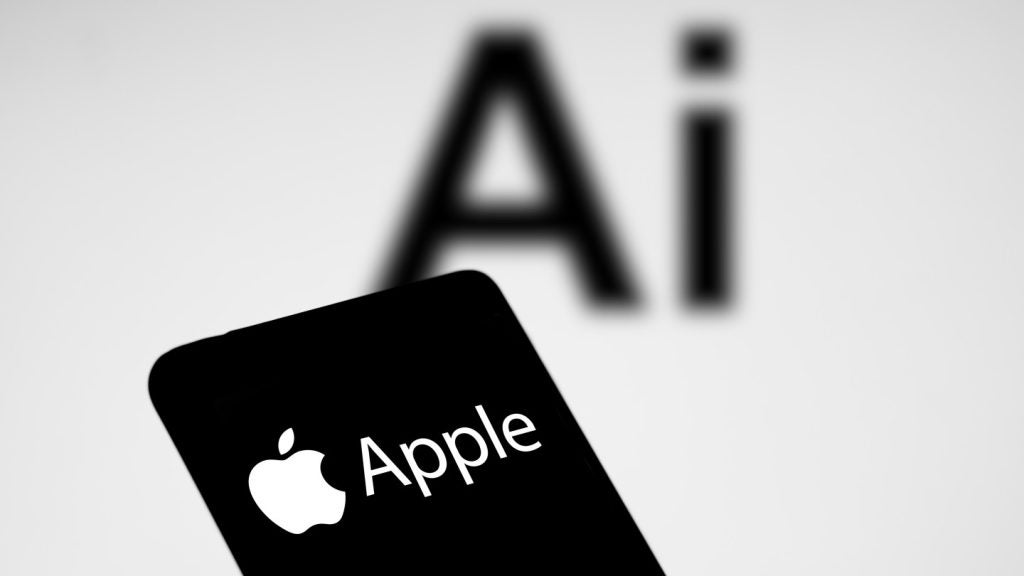
Huawei has made no secret out of how critical 5G is to its future, but now it has revealed the “four legions” that it says will help win the “battle”.
The telecommunications giant unveiled its new 5G strategy during its annual Global Mobile Broadband Forum (MBBF) in Dubai this week.
Huawei’s rotating chairman, Ken Hu, kicked off the two-day event on Wednesday outlining Huawei’s vision for 5G, saying that it would focus on three new “areas of opportunity”. These include the B2B market, low-carbon development and extended reality (XR) services, such as virtual and augmented reality.
Earlier this week, the company also introduced the establishment of four new business units specialising in customs and ports, smart highways, data centres and the solar industry.
Founder and CEO Ren Zhengfei announced the new units – which Huawei tactfully markets as its “four legions” – saying that “we must focus on the application of 5G and AI in the industry, and we must form a legion of ports, airports, power inverters, data centres, coal mines, etc. to prepare for battle.”
During the MBB Forum, Hu doubled down on this goal and emphasised that 5G applications are already being implemented at scale in industries such as mining, manufacturing and ports, underlining Huawei’s ambitions to apply its 5G expertise across various sectors.
How well do you really know your competitors?
Access the most comprehensive Company Profiles on the market, powered by GlobalData. Save hours of research. Gain competitive edge.

Thank you!
Your download email will arrive shortly
Not ready to buy yet? Download a free sample
We are confident about the unique quality of our Company Profiles. However, we want you to make the most beneficial decision for your business, so we offer a free sample that you can download by submitting the below form
By GlobalData“5G enables new digital operation processes unattainable with 4G,” a Huawei spokesperson tells Verdict.
In relation to ports and customs, he explained that “with 5G, you can achieve short-term remote control. You could, for instance, operate a crane or check a container while sitting at home.”
The company representative added that 5G is being deployed in the vehicle to everything connectivity, which is what Huawei’s smart highway push will focus on.
“When you have a lot of cars on the road, you want those cars to communicate with each other,” the spokesperson explained. “5G will be essential in the deployment of smart vehicles.”
The announcement of the “four legions” is Huawei’s latest move to diversify its revenue streams amid persisting international sanctions and declining smartphone sales.
Last month, Ren said that “in the past, the company encouraged everyone to focus on long-term research work, but now because of the pressure from the US, we need to focus on quality to live on.”
In addition to 5G, the company has in recent years also sharpened its focus in other areas, including cloud computing, the internet of things (IoT) and artificial intelligence (AI).
“Cloud and AI have become must-haves for all organisations,” Hu reiterated during the conference.
“In addition to providing connectivity, operators can also serve as cloud service providers, systems integrators, and more, and develop the requisite capabilities,” he added.
Huawei remains an industry leader when it comes to building and supplying telecoms infrastructure, according to GlobalData’s thematic research on 5G.
Overcoming sanctions
Despite being under pressure from foreign sanctions, the company continues to be a key player in building telecoms equipment, terminal equipment and wireless chips.
In 2019, the White House under Donald Trump banned the company from selling its 5G equipment in the US. Several other countries, including the UK, Canada, France, Sweden, Poland and India, have imposed similar constraints.
In retaliation, Huawei and domestic competitor ZTE, won contracts to roll out 5G base stations for China’s largest network operator, China Mobile, and the recently established China Broadcasting Network. Foreign companies Ericsson and Nokia were awarded small slivers of the project.
At the MMB Forum, Hu also pointed out that, in China, network operators have begun working on standards for applying 5G in industries like coal mining, steel, and electric power and that this had helped to fuel greater adoption within these sectors.
In February, Huawei announced its first “legion” when the company introduced plans to boost its reach in China’s coal mining industry. 5G is applied in this sector by customising mobile base stations, rendering them resistant to dust, dampness and even shock waves from explosions for an industry known for its dangerous and dirty working conditions.
“Over the next two to three years, we aim to work with hundreds of coal mines, iron and steel plants, and ports,” Ren said during a round table meeting in February.
This, however, contradicts Huawei’s focus on sustainability. During the conference, Hu emphasised that “the industry needs to get ready to go green.”
“On the one hand, we have a great opportunity to help all industries cut emissions and improve power efficiency with digital technology. On the other hand, we have to recognise that our industry has a growing carbon footprint, and we have to take steps to improve that,” Hu said.
He explained that Huawei was using new materials and algorithms to lower the power consumption of products. In addition, the company is planning to remodel sites and optimise power management in its data centres for greater efficiency.
Huawei’s involvement in China’s massive coal industry and its simultaneous pledge for sustainability reflect tensions currently at play in the country’s energy industry.
In an effort to cut down on coal mining, President Xi Jinping recently called for the closure of several essential coal mines in the northern provinces Shanxi and Inner Mongolia. This has, however, exacerbated the ongoing electricity crisis in the country, where a majority of people still rely heavily on the polluting energy source.






